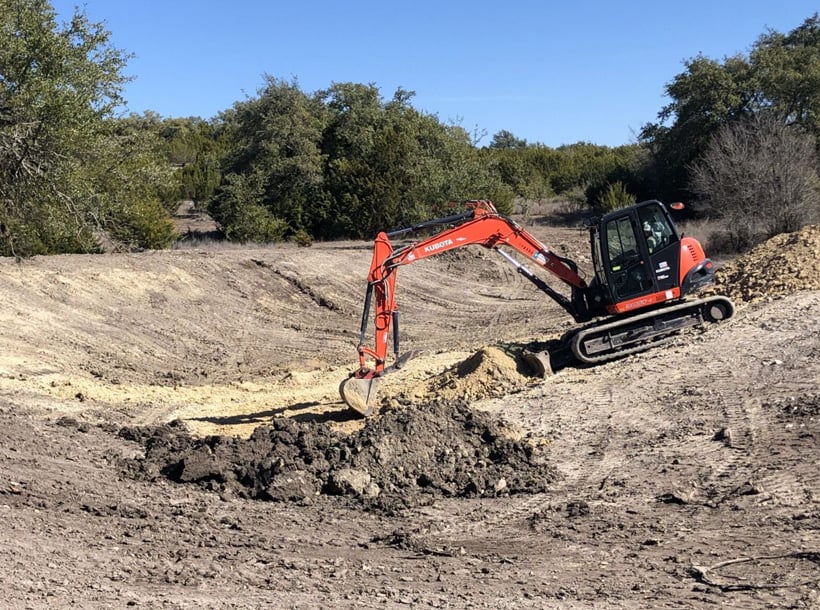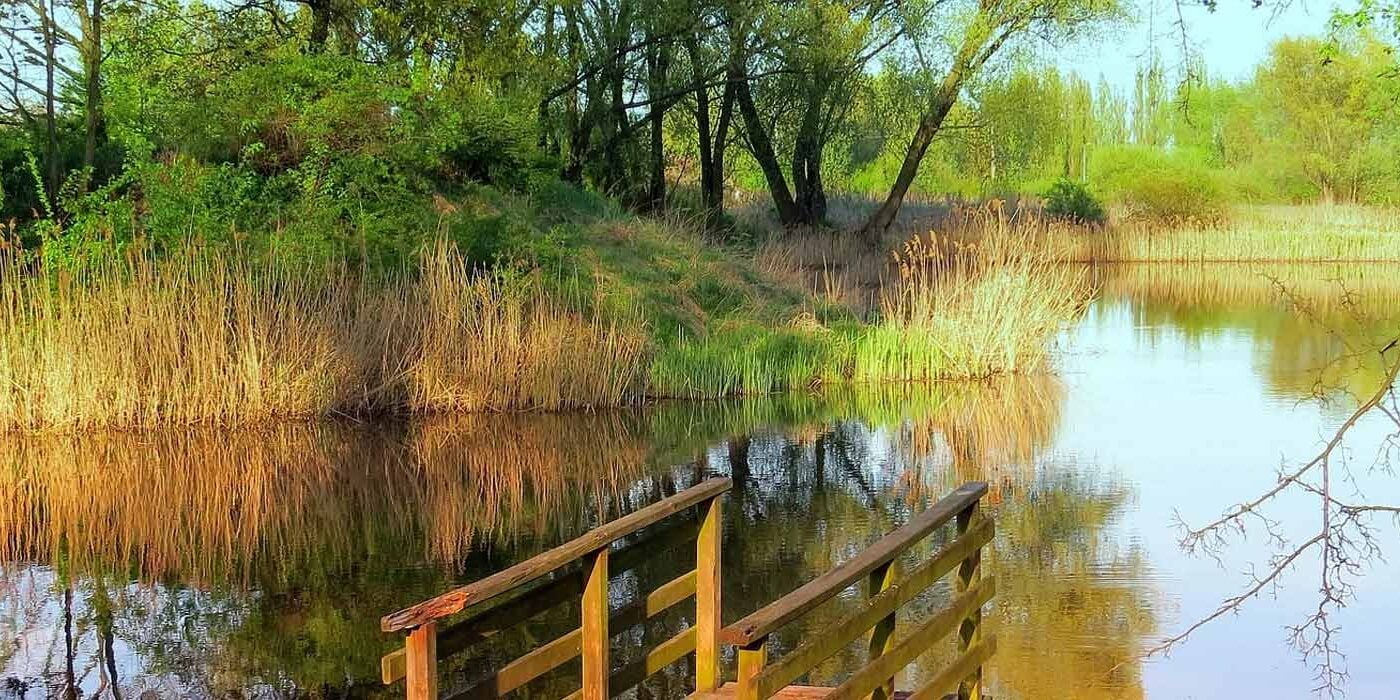For country areas, like farms and ranches, building a retention pond has many advantages.
Retention pond construction isn’t a simple or easy task. There is a lot to be taken into account when building a retention pond, especially in places where it will not only aid flood control but will serve a purpose like irrigation in farmlands or providing water for animal breeding. Let’s learn a little bit about what’s required to build a retention pond.
Stormwater Management: Detention and Retention Ponds
As civilization reaches deeper into the belly of our country, managing the flood risk near the populated areas and the production areas becomes a necessity. Stormwater management is important in areas with flood risk, as is the Central Area in the state of Texas (including the Houston area) and in some nearby states like Colorado and Louisiana.
To manage the stormwater runoff we dig out a basin, designed to receive the stormwater runoff and to slowly seep it back into the ground or a nearby stream.
These basins are called ponds. Depending on their design, they can be retention ponds (wet ponds) or detention ponds (dry ponds).
For urban areas, detention ponds are more usual, because they require lower pond maintenance. However, for country areas, farms and ranches, the best option is to build a retention pond.
It makes a lot more sense and has several advantages, especially if there are production activities in the area like animal breeding and agriculture.
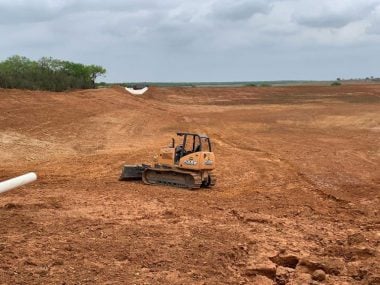
Retention Pond vs Detention Pond
A detention pond usually looks like a grassy area, located lower than its surroundings. When the rain comes, the stormwater runoff is directed to this area, the objective being to collect all the excess water into the pond. The pond’s design will help remove any foreign objects or sediment from the water before releasing it into a nearby water body or stream.
A retention pond is a pond that holds a permanent pool of water. The permanent water level must be maintained throughout the year, meaning there’s a need to secure a source of water for this pond and check the imperviousness of the soil, aiming to reduce the water seepage as much as possible. During the rain, the stormwater runoff is directed to the retention pond through an inlet. The pond’s basin size is calculated to be able to hold the excess water and let it flow through the outlet in a slow flow, usually over 12 to 24 hours. A retention pond in a farm or ranch helps manage possible flood risk and provides water all year round for the activities in the area.
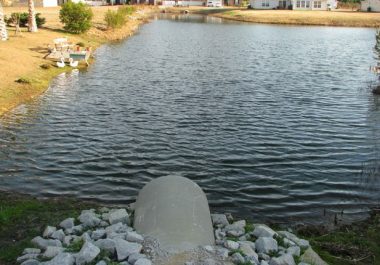
Retention Pond Construction Step by Step
Building the pond is the complicated part. Making sure the pond has the correct dimensions and design to fulfill its purpose while reducing the maintenance of the pond and any potential issues to the minimum is the difficult part.
– In order to build a retention pond, you should start by selecting a location. A retention pond will need a source of water that can help it maintain its water level throughout the year. This is known as the baseflow.
– Check the imperviousness of the soil in the area where the pond will be located. In many cases, a pond liner may be required in order to help reduce water seepage to a minimum. We recommend using bentonite as a retention pond liner to make sure the pond can hold water appropriately. Learn more about the advantages of using bentonite as a pond liner.
– Once the location has been selected, determine the size of the permanent pool and the surcharge volume. These calculations will be based on the WQCV and the catchment area. Learn more about the Water Quality Control Volume (WQCV) in the Urban Storm Drainage Criteria Manual Volume 3 Chapter 3.
– Define the shape and dimensions of the basin. A retention pond has 3 sections: the bottom or open water zone, the wetland or flat shelf and the perimeter. The wetland should be at least 3 feet wide; keep in mind it is built not only with a functional purpose, but also for safety reasons, to provide a safe zone for a person or animal that could stray into the pond area.
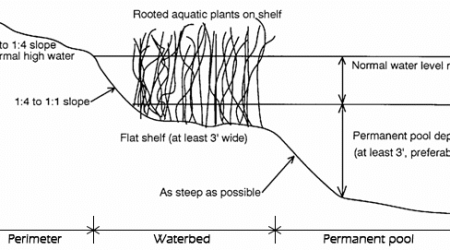
Taken from Pitt, R. Stormwater Quality Management
Retention Pond Construction by Lonestar Minerals
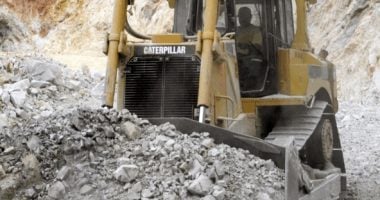
– Design the inlet and outlet hydraulic structures The inlet should be designed considering minimizing the erosion the runoff may cause to the pond’s soil and the outlet should be designed considering the desired flow to displace the surcharge in a certain amount of time.
– Consider including forebay and trash rack areas, for water treatment. These areas should be designed to remove sediment and other contaminants from the water.
– Finally, design the overflow embankment. When calculating the embankment dimensions, consider the worst case scenario, which would be the 100-year storm. This way you’ll make sure the embankment never fails.
– A retention pond will require vegetation. Preferably local and vegetation that can help trap pollutants that the stormwater runoff may bring into the pond and reduce the erosion in the wetland and the perimeter. It is also important to watch for erosion in the slope areas. Adding cobble, pebbles or rocks can help with erosion control during the run-in of the water.
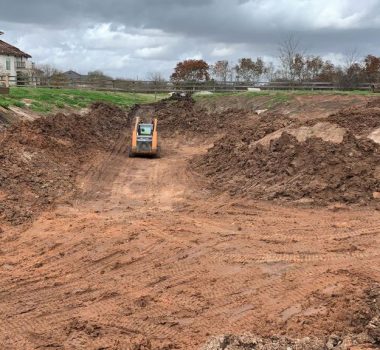
How much does it cost to build a retention pond?
It will depend on the particular size of the retention pond and the location of the same. As a ballpark number, it can cost between 20 and 40 thousand dollars per acre to build a retention pond, but again, this isn’t fixed in stone. It will depend on many variables that will be defined along the way. [Year 2021]
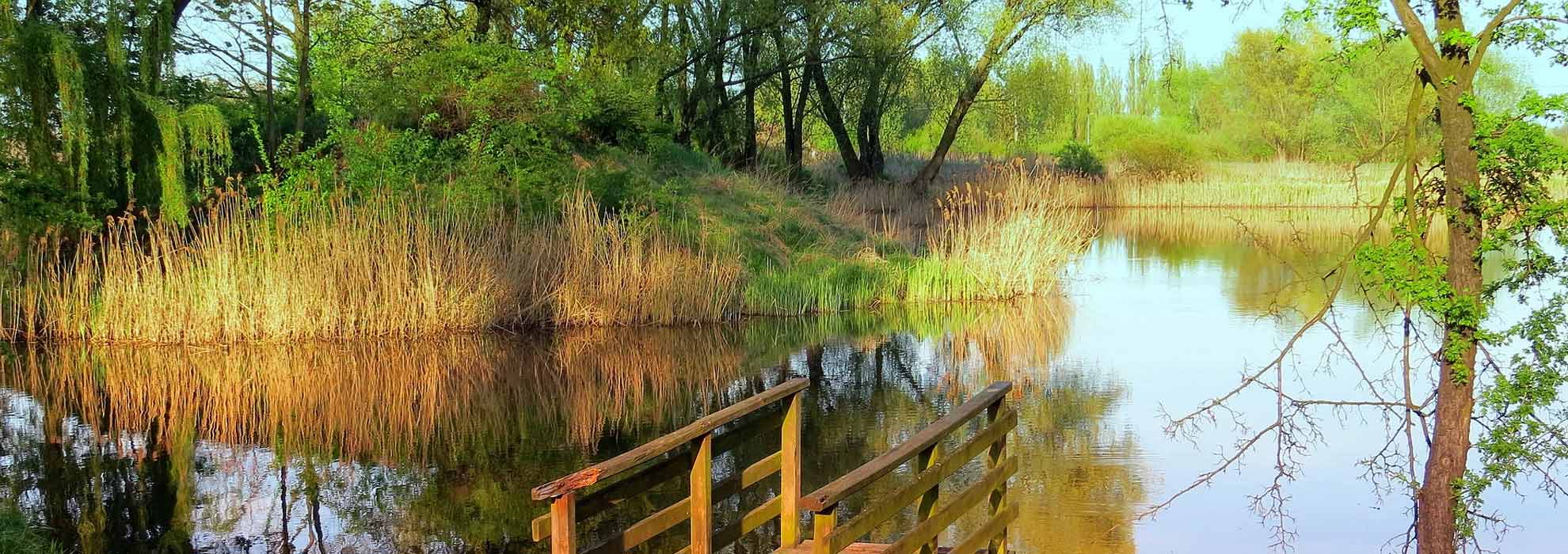
Questions about Retention Pond Construction?
As a leading company in retention pond construction, at Lonestar Minerals we are prepared to answer any questions you may have. We also provide free estimates over the phone. Contact us today and start bringing your pond to life!
SALES:
(800)608-5112
[email protected]
TECHNICAL INFORMATION
(210)378-2008
[email protected]
Lone Star GTC, LLC
Texas Wholesaler Supplier for Bentonite Mineral
17595 Blanco Rd. Suite 200, San Antonio, TX 78232
